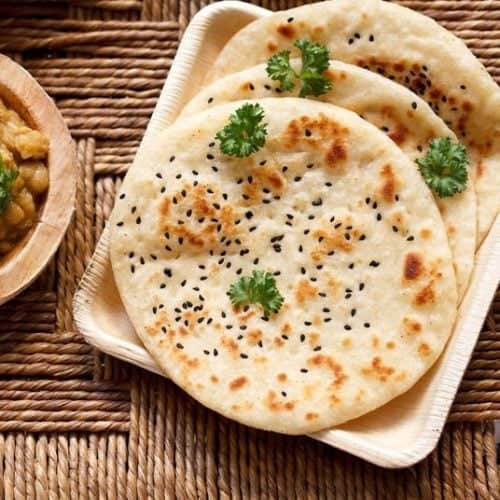
The Nizams of Hyderabad were not just rulers but also connoisseurs of luxury and refined taste, making them the epitome of opulence. Their love for grandeur extended to their dastarkhwan, developing an extraordinary culinary legacy that still runs through the kitchens of Hyderabad.
Each Nizam had a different culinary heritage that usually included a blend of Persian, Turkish, and native Deccan flavors. For example, the sixth Nizam Mir Mahbub Ali Khan relished elaborate spreads as detailed in Siasat Daily’s book Matbaqe Asafia, a collection of over 680 royal recipes. As per the book, the royal kitchen featured more than 15 variations of Biryani, 18 types of Pulau, 16 kinds of Khichdi, 48 types of Do-Pyaaza, 21 types of Khorma, 45 types of Kebab, and 29 types of Naan.
This extensive variety of dishes from the Nizams’ kitchen showcases not only their culinary sophistication but also a rich heritage of cultural fusion.
So, Siasat.com brings you a glimpse of some of the dishes that were favored by the Nizams, giving you a taste of the flavors that defined the royal kitchens of that time.
1. Kulcha
A beloved flatbread, the kulcha has historical significance tied to the Asaf Jahi Dynasty. Legend has it that the first Nizam, Mir Qamar-ud-Din, was served seven kulchas by the Sufi Saint Hazrat Nizamuddin before embarking on his journey to become the ruler of Hyderabad. The Saint predicted that Mir Qamar-ud-Din’s dynasty would rule for seven generations, one for each kulcha he ate. In honor of this prophecy and love for the bread, the Asaf Jahi Dynasty adopted the kulcha as a symbol on their flag.


2. Haleem
Haleem, originally an Arabic dish, was introduced to Hyderabad by the Arab diaspora during the rule of the sixth Nizam, Mir Mahbub Ali Khan. However, it was adopted and integrated into the Hyderabadi cuisine under the reign of the seventh Nizam, Mir Osman Ali Khan. Sultan Saif Nawaz Jung Bahadur, an Arab chief from Yemen, played a key role in popularizing Haleem in the city as he introduced the dish to the Nizam’s court. This dish quickly became a favorite of the royals and continues to be a staple in Hyderabad.
3. Patthar ka Ghosht
Legend has it that Patthar ka Ghosht was born out of necessity during one of Mir Mahbub Ali Khan’s hunting expeditions in the 19th century. During the expedition, the royal cooks lacked the proper tools to cook the hunted lamb, so they decided to use a heated granite slab instead. The slab was heated over charcoal and marinated lamb was placed on it to slowly cook. The result was a tender dish and the name which translates to ‘meat on stone’. The Nizam was impressed by the dish’s unique flavor and added it to his daily menu.
4. Osmania Biscuit
Osmania biscuits have a special connection with the royal family of Hyderabad. The most popular story about the cookie is that it was created in the royal kitchens of Osmania General Hospital as a dietary supplement for patients. Another story reveals that it was created to satisfy the cravings of Mir Osman Ali Khan who wanted a snack that was the perfect balance of sweet and salty. Reportedly, he liked the biscuit so much that he would have a daily delivery from the Vicaji Bakery in Abids.
5. Jauzi Ka Halwa
Jauzi Ka Halwa was introduced to Hyderabad in the early 19th century by Muhammed Hussain, a Turkish immigrant who set up shop in Nampally. His creation caught the attention of Mir Osman Ali Khan who had a taste for indulgent desserts. He was so impressed by the halwa that he named Hussain’s shop after King Hameed of Turkey, a relative of the Nizam. Thus, Hameedi Confectioners was born, which remains one of Hyderabad’s iconic establishments.
Do you know any other favorite dishes of the Nizams? Comment below.



